Cropwell Bishop Streets: — The Maltings (27-05-21)

The Maltings is a short cul-de-sac off Church Street. It differs from most streets in the village in that it was built before the 1970s, when house building began in earnest.
However, unlike the buildings on Church Street, its history goes back only 65 years.

What is malting?
As regular readers of Cropwell Bishop street stories will know, our parish councillors loved naming streets after the landowners on the 1804 Enclosure Map, so that has to be the place to start our search for a Malting.
But, when we do, we hit a problem: there are no fields with Malting on them.
Nor is there a grave in the churchyard for a Malting: the nearest one I have found is Thomas Malting's in Uppingham – and he died 200 years ago.
No, the street name does not come from a person, but from the making of beer.
Malting is the process of preparing grain for making beer, whisky or even malt vinegar.
The grain could be wheat or barley, for example, but first it must be encouraged to germinate. In other words, it has to start growing from its seed – just like cress seeds might.
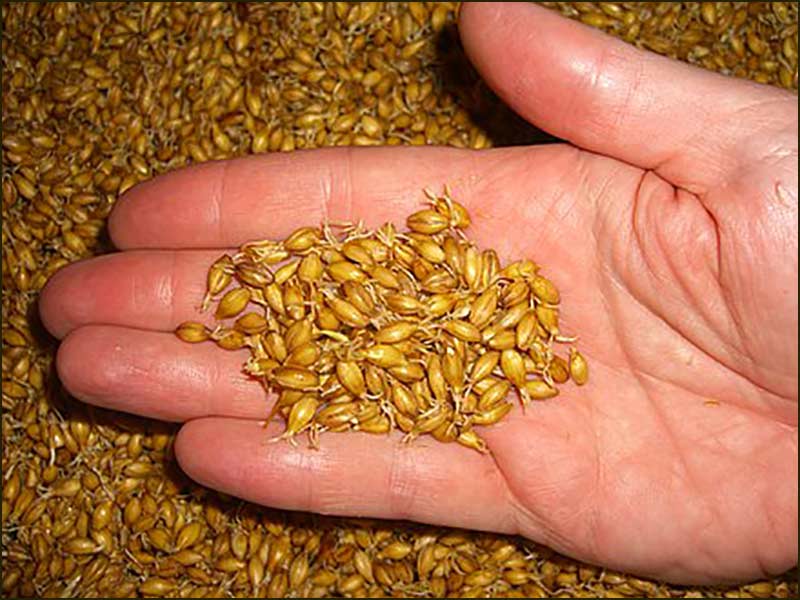
Before the days of computer control and automation, this task required skill and effort. Get it wrong and fungus will spoil the seed.
The photos below show seed being malted using traditional methods in an old malt room – the kind that might have existed in Cropwell Bishop.
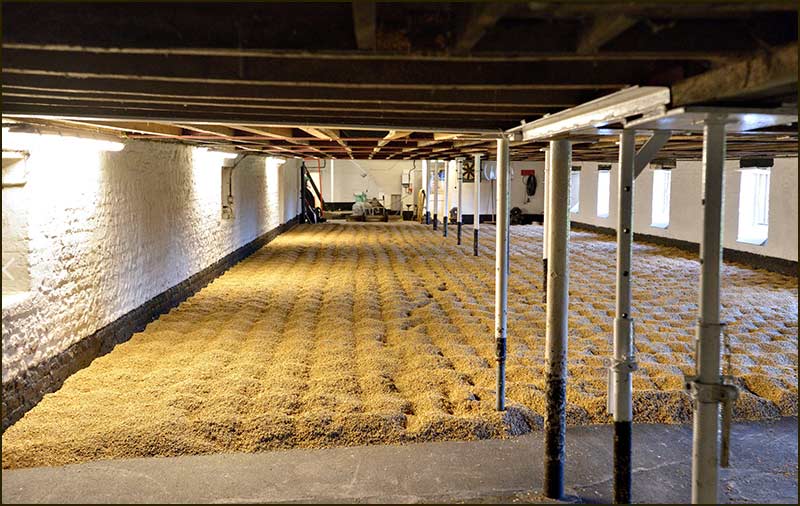
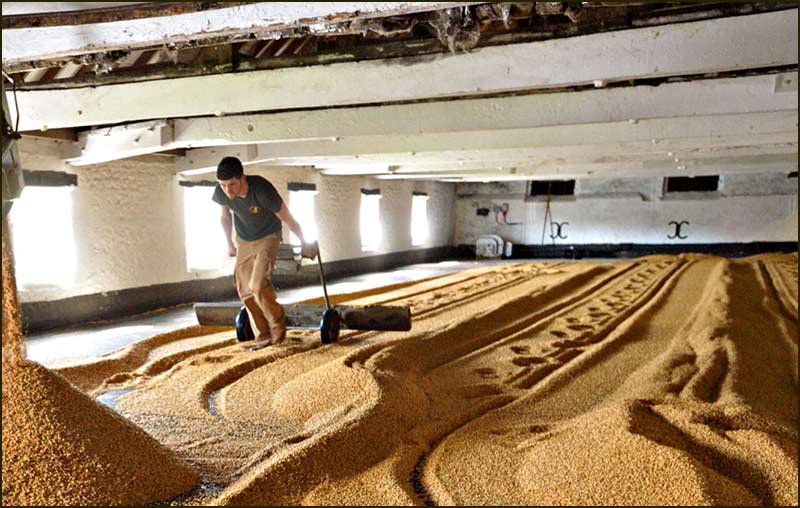
Another name for a malt house is, maltings. So, The Maltings in Cropwell Bishop is named after a malt house – but where is that malt house?

Where is the maltings?
There is not a malt house in Cropwell Bishop – not even the remains of one. There is an old malt house in Cropwell Butler or, at least, its building is still there; it has been converted onto a home.

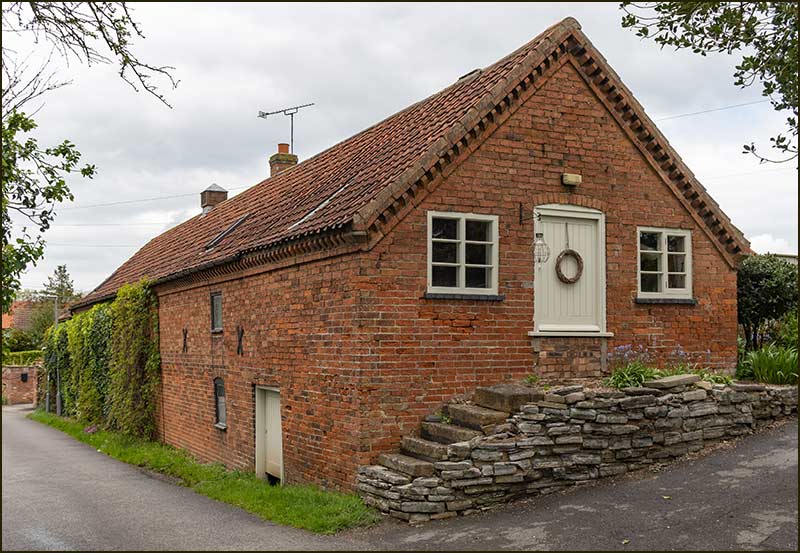
Maybe we can work out where there might have been one in Cropwell Bishop. Let's focus on the site of The Maltings street.
If look at a 1950s map, you will see that much of the site of The Maltings, was grass and trees, except at the Church Street end.
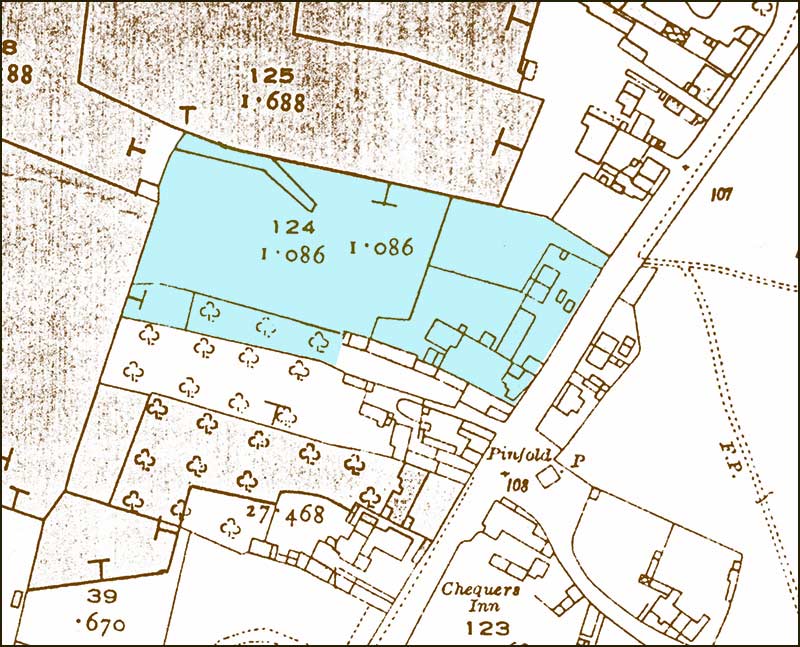
The two buildings on the boundary with Church Street are still standing.
The first is Number 43 Church Street, which is now a private house, but was once the farmhouse of Stockwell Dairy Farm.
Attached to one end is a single-story building. For 50 years it has been the Snips hair salon, but during the life of Stockwell Farm, it was the farm's dairy.

By overlaying the map onto a recent satellite image of the street, we can clearly see where changes have occurred.
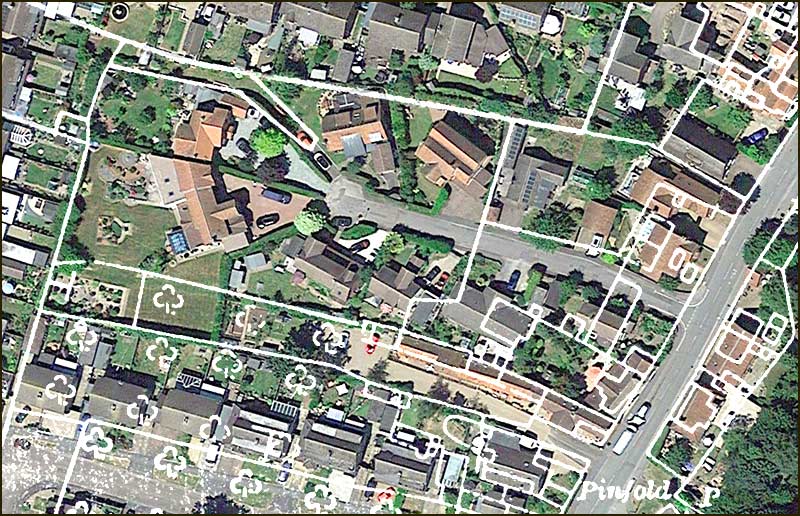
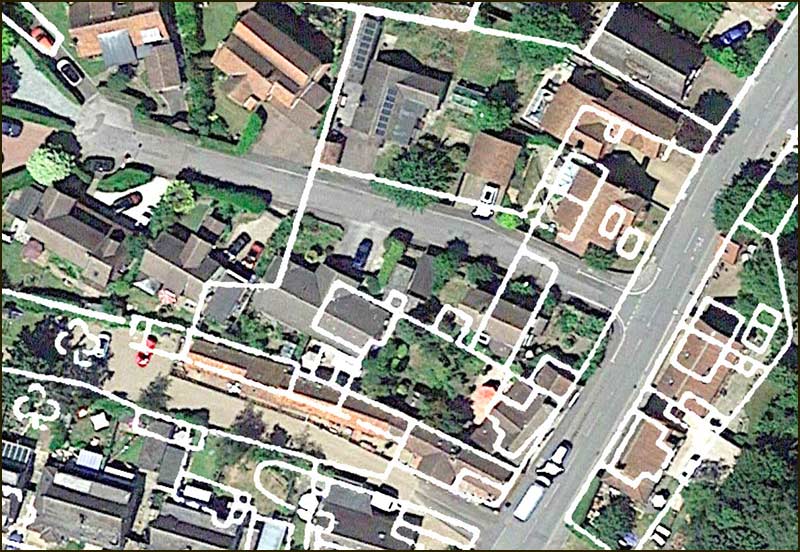
In the enlarged image, we can see the white outline of a long building behind No.43 and Snips. This was where the cows were milked: a milking parlour. It stood where No.1 The Maltings, now stands and was reached by the path that runs up the side of Snips.
Stockwell Dairy Farm operated during the early 1900s but milked its last cow in the 1950s – or even decades earlier, we don't know for sure. Its last farmer was George Clarke.
George Clarke was born in Cropwell Bishop but in his early working life he lived with his wife Helen in Nottingham where he worked on the railways.
They were certainly living there in 1911, when both were 35 years old, but by 1939 they were running Stockwell Dairy Farm. At that time, George would have been 64 and Helen 63. George died at the age of 80 in 1955, two years after Helen.
You may be thinking; this is all very interesting, but what about the maltings: where was it?
Whilst there is no evidence to suggest that George Clarke ever did any malting, he did inherit a malt house – but he converted it into a milking parlour. Yes, the long building on the old map had been Cropwell Bishop's malt house until George decided that the production of milk was preferable to beer.
We have no pictures of the building, but it must have been similar to the malt house in Cropwell Butler. They usually have two floors for the grain at different stages of its preparation, but the lower floor, with easy access, would have been easy to convert to a milking parlour.
We have to be thankful that the councillors had some knowledge of the history of this building. Without it, this street might have been named, 'The Milking Parlour'. That might not have been so popular with residents.
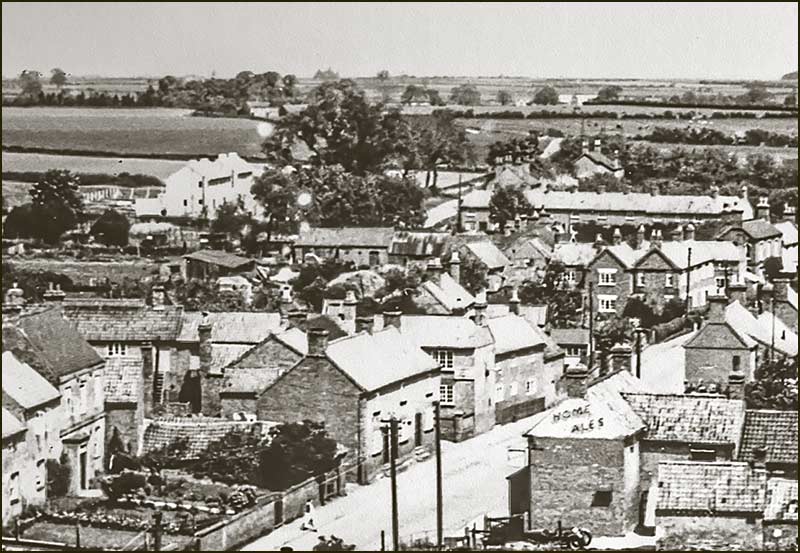


Who did the malting?
William Hall Baldock was born in Cropwell Bishop in 1829 but raised in Cropwell Butler where his father, Joseph Baldock, became a wealthy farmer.
In 1841, when William was 13 years old, the family moved into a newly built house, The Hollies, on Back Lane in Cropwell Butler.
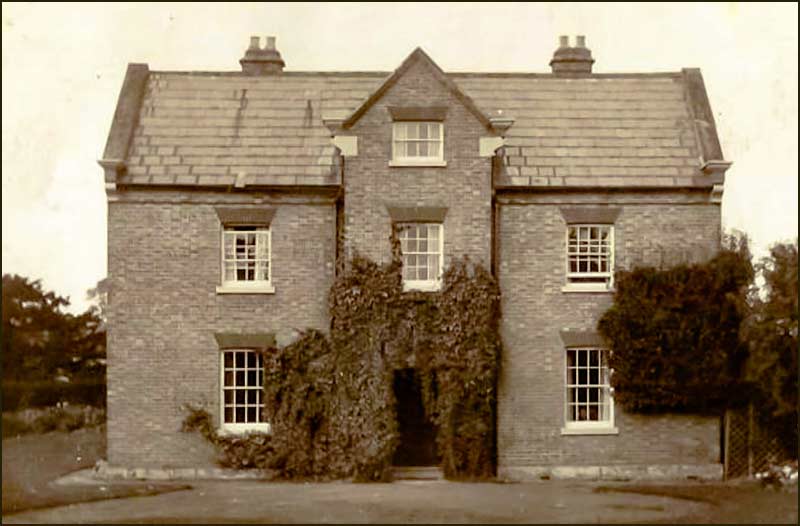
In the 1850s, Joseph had a malt room built next to his house — and still stands on Back Lane (see photos in previous section). By the time William was 32, he was its maltster.
In 1871, William was 41 and married to 30-year-old Ann Cumberland, and they had 3 children. They lived in Cropwell Bishop at 4 Back Lane (now called Stockwell Lane).
He was working as a maltster in Cropwell Bishop and employed two men. One of these men was William Cope, a maltster, who lived around the corner on Church Street.
The malt house they worked at was the one at Stockwell Farm (43 Church Street).
Sadly, just 4 years later, his wife Ann died at the age of 34, probably giving birth to their daughter Gertrude.
In 1878, William married Ada Heggs, and they would go on to have 6 children. William would need a bigger house for his ever-growing family; fortunately, a solution was not long in coming.
By this time, William’s father was well into his 70s and ready to retire. He too had experienced the loss of a young wife – when she was only 37 – and he had also remarried and had more children. Now, though, they were all grown up and he didn’t really need a big house like The Hollies.
Father and son did a house swap. William left Cropwell Bishop and went to live in The Hollies, and his father came to live on Stockwell Lane in Cropwell Bishop supported by two of his daughters and family.
This move brought to an end the malting business in Cropwell Bishop. The man who had worked for William in Cropwell Bishop, William Cope, also moved to Cropwell Butler where he continued working as a maltster.


Naming the street
It was in the 1960s that parish councillors had the task of choosing a name for the street. Even though the demise of malting occurred some 60 years earlier, they were clearly eager to maintain a link with its history.
It is worth noting that, whilst the Baldock family were anchored in Cropwell Butler, its ties with Cropwell Bishop were equally strong in the early days. William Baldock’s grandfather was the farmer, William Hall.
William’s mother had a sister who was married to John Smith. He had lived at The Yews and then Lenton House in the village. And William himself was born in the farmhouse of his widowed grandmother, Millicent Hall, on Fern Road.
I suppose you could say that having a street named, The Maltings, is a celebration of multiple links between the Bishop and Butler Cropwells. In that sense you might see the choice as an inspiring one: I am sure those councillors would have thought so.

Those first settlers
That is the history of the name of the street, but now a chance to consider the people involved with the street in its early days.
Following the death of farmer, George Clarke, in 1955, the land was sold and plans were submitted for house building. At that time, the land beyond the plot was open fields. In the north-western corner was a gated lane used to drive cows into them.
It was local builders, Hills and Little, who took on the job and involved themselves both professionally and personally, as we shall see.
It was in the late 1950s and early 1960s that building took place. After completion, the road was not at first adopted by the District Council, and this resulted in a street that had no pavement and could become very muddy. It was referred to as New Road for postal purposes.
It was only after adoption, that the name, The Maltings, appeared on a street sign.
Early occupants are still remembered by older village folk and under the recent photographs below, I have penned notes on those 'Maltings pioneers'.
I wonder what those first-occupants would make of the street today. Virtually all the homes have been modified, some massively, but that is something we all like to do if we are able.
Its street name does remain unique in one sense; it is the only one in Cropwell Bishop with “The” at the beginning.
Tony Jarrow
Note:
Thanks to Anne Terzza, Pam Wregg and Kevin Marshall for their help with this article.

The Maltings in 2020
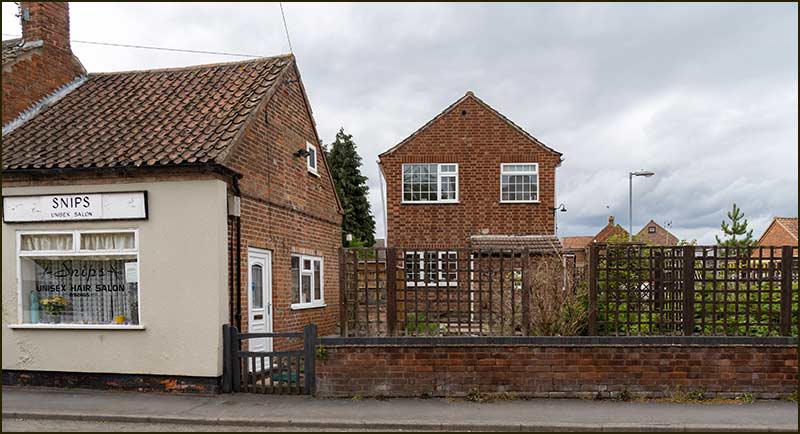
Snips has been run by Diana Thompson for over 50 years.
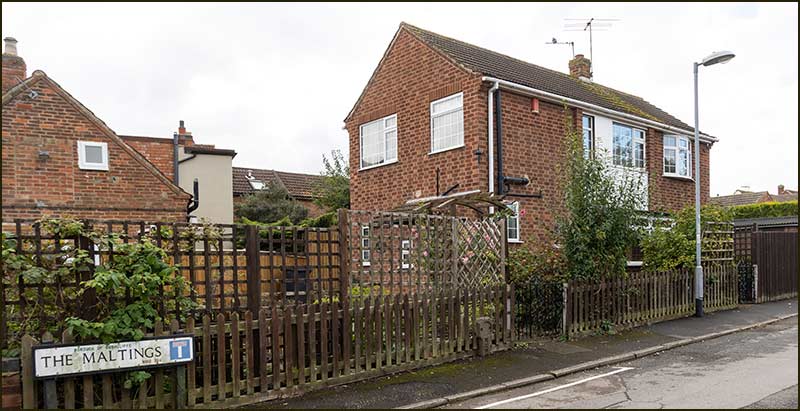
Later on, the Suggett family lived here.
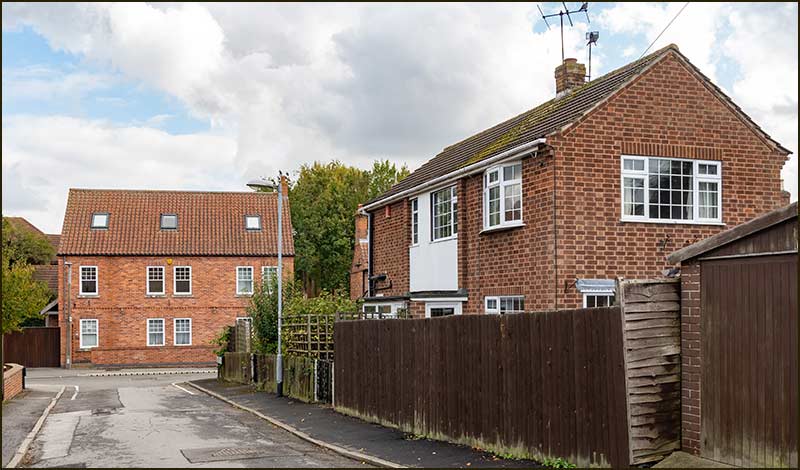

In later years, it was passed on to his nephew, Peter Reader, who had the bungalow built.

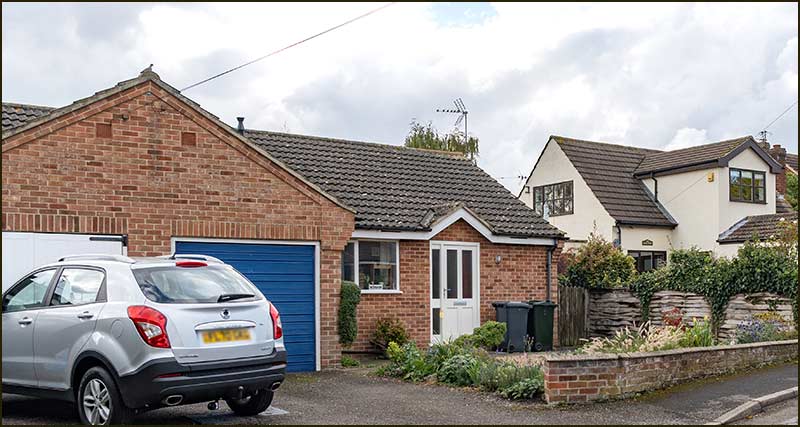
It wasn't just the yard that was convenient. John Hills was living at 43 Church Street, the old Stockwell Farmhouse, and Tom Little would soon be living even closer – at a house on The Maltings.

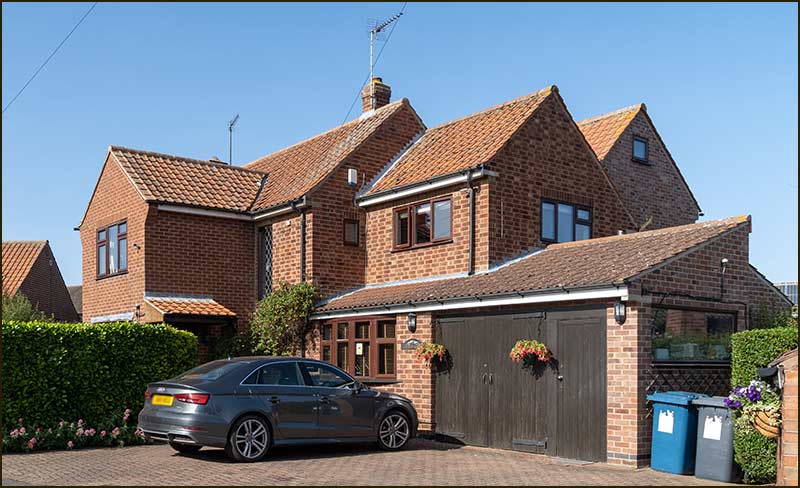
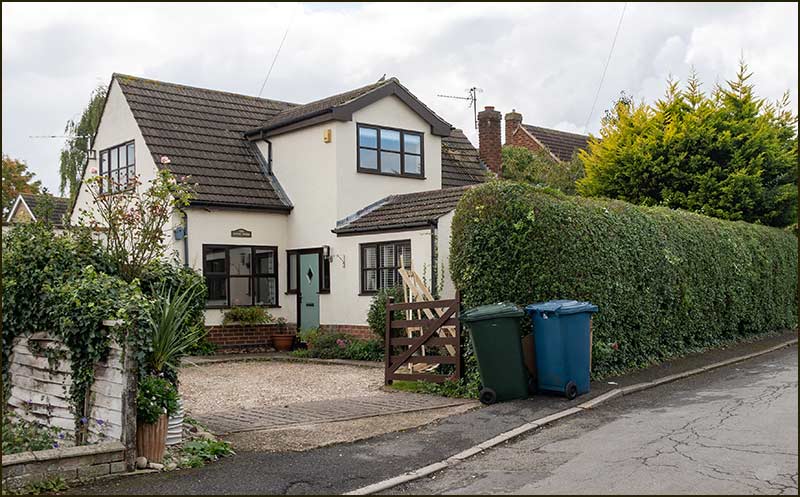
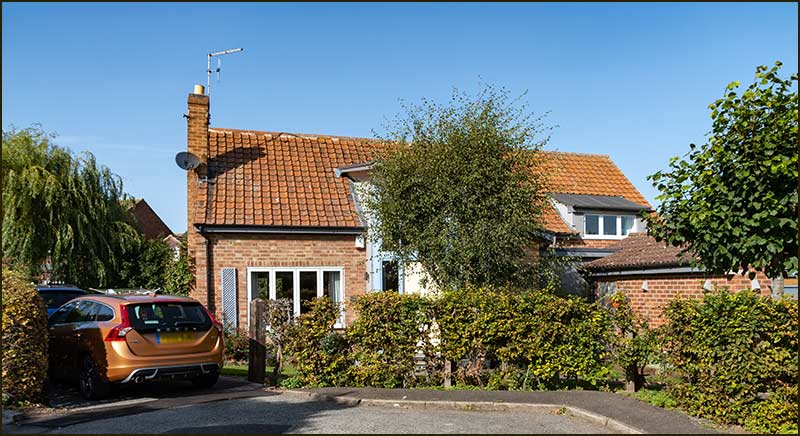

Don was the youngest son of Herbert Simpson who established the Simpsons grain business in the Village. Its headquarters were just a stones-throw away on Church Street.
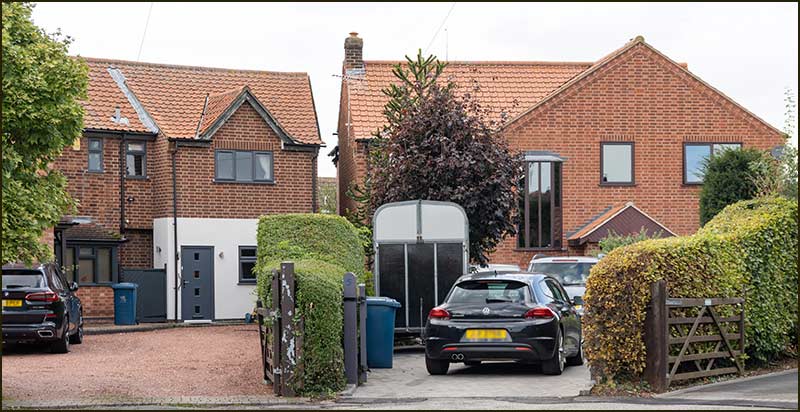
The house on the right was owned by Doctor John and Mary Tweddle.
